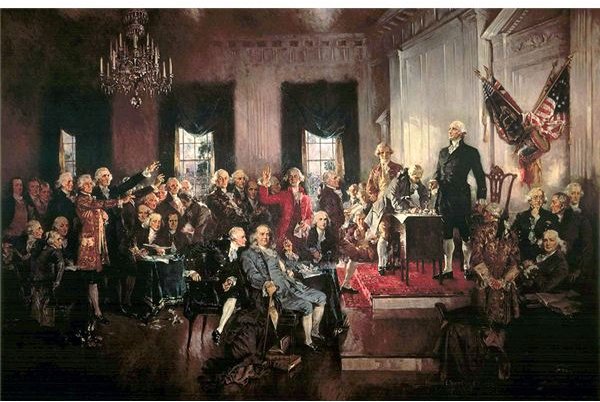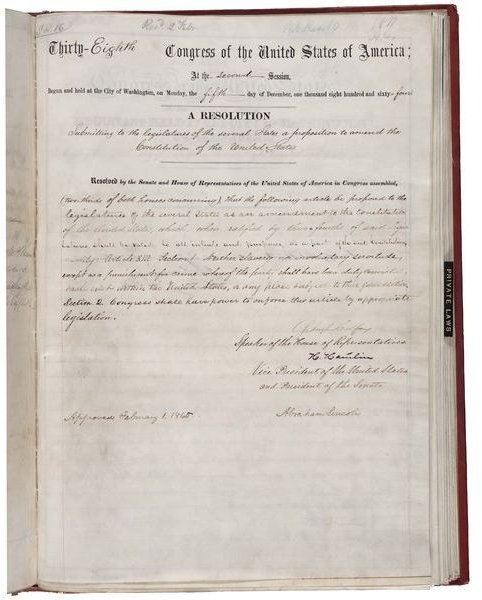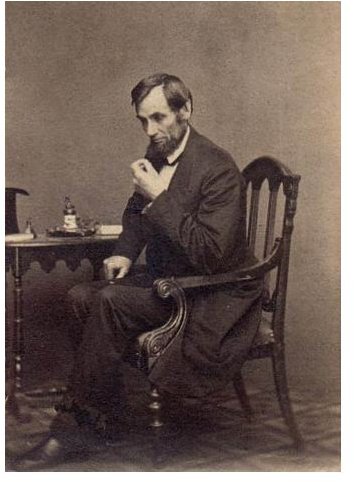The Thirteenth Amendment of the United States Constitution: A Brief History
Understanding the 13th Amendment
To understand the history of the 13th Amendment, it is importnat to note that the first ten Bill of Rights Amendments were implemented in 1791. The Eleventh Amendment followed in 1795 and Twelfth in 1804 completing the US Bill of Rights for the next 60 years. In 1865, after much deliberation within the Senate and the House, the Thirteenth Amendment was finally put into its rightful place within the United States Constitution.
The Thirteenth Amendment begins with the Emancipation Proclamation that was introduced and enforced by the 16th United States President Abraham Lincoln and has two executive orders which helped to abolish slavery.
The slave trade and slave importation had already begun to come to an end and in some states had stopped completely by the beginning of the Civil War which lasted from 1861 through 1865. Noteworthy in the history of the 13th Amendment is that there had been an unsuccessful attempt to abolish slavery by John Quincy Adams in 1839. However, it was not until 1863, 24 years later, when James F. Wilson and James Mitchell Ashley introduced a bill to abolish slavery in its entirety throughout all the states across the United States of America.
Images


Additional Amendment History
Soon after the bill’s introduction the media got the public involved and Congress started to see an increase in legislative proposals abolishing slavery. Even though the slavery war was mostly fought by republicans Senator John Henderson joined the cause with his democratic views on politics and brought forth a joint resolution for a new constitutional amendment to do away with slavery for good within all states. Finally, with much thought, time, work, and effort being put into this cause the Senate Judiciary Committee presented the US Senate with an official amendment proposal to the Bill of Rights. This amendment proposal was written jointly and supported by Democrat Henderson, Republican Ashley, and Republican Wilson.
In 1864 the US Senate passed the Thirteenth Amendment but the House did not. At that time James Mitchell Ashley, again, reintroduced the amendment proposal and then the United States President Abraham Lincoln signed on to help the cause. President Lincoln took steps to make sure the Thirteenth Amendment was going to be a factor in the upcoming Presidential elections and to see that the amendment became a part of the US Bill of Rights.
After all the hard work everyone did to help make this amendment a reality in the lives of many people across the country the bill was passed by both the Senate and the House in January 1865. The original document which has the official signatures states the bill was “Approved February 1, 1865.”
Many blacks were still forced into slavery or forced to stay in slavery even after the Thirteenth Amendment passed. It took many years for slavery to be completely abolished in all areas of the United States. Finally, the Fourteenth Amendment and Fifteenth Amendment were passed in 1868 and 1870 that gave citizens civil rights and banned racial voting restrictions. There have not been any offenses or prosecutions against the 13th Amendment since 1947.
Images
